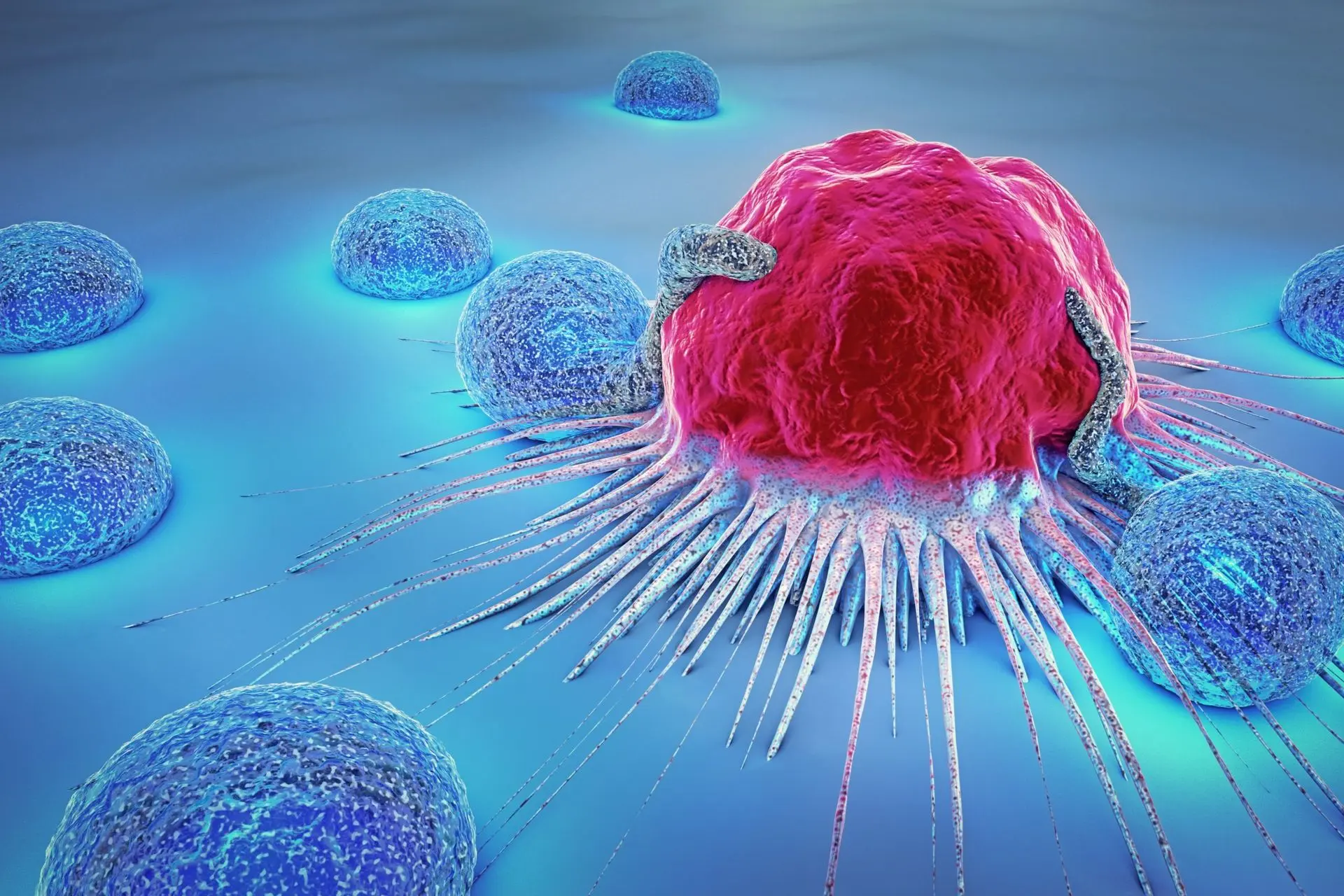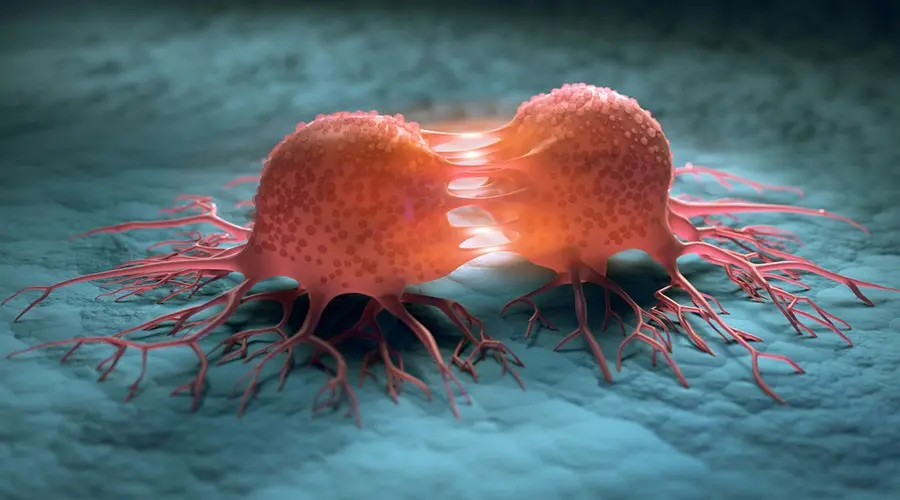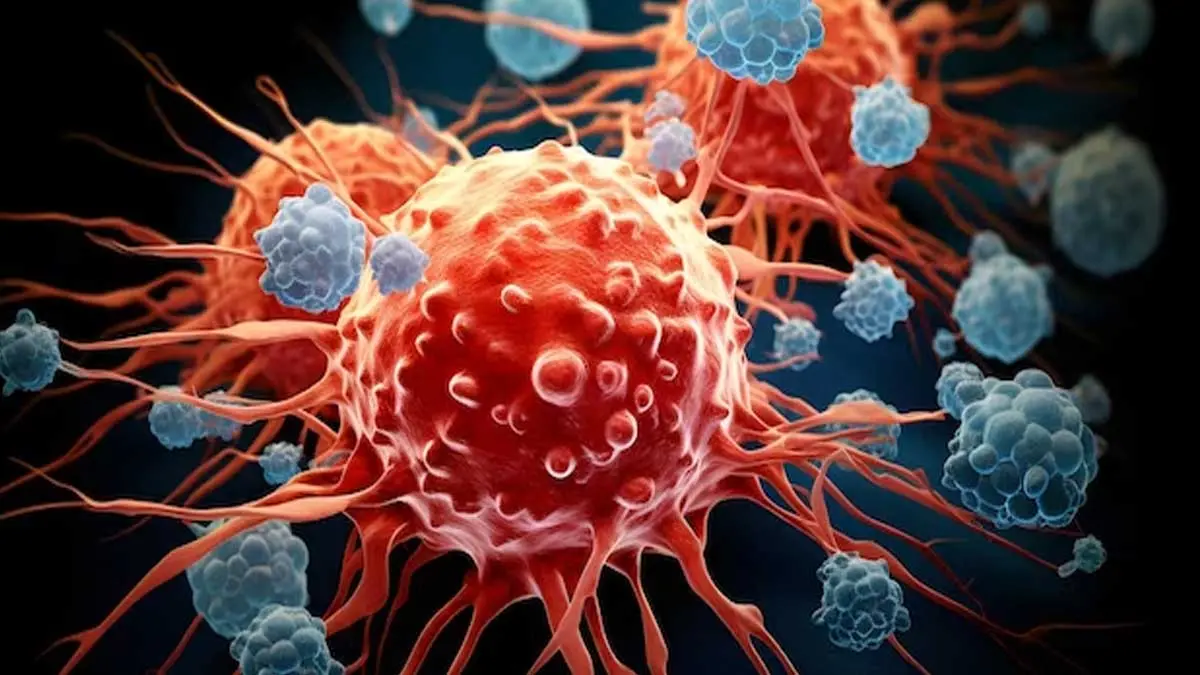The Evolution of Cancer Treatment
Surgery
Surgery is used to remove localized tumors and is often combined with other treatments.
Types of Cancer Surgery:
- Curative surgery
- Palliative surgery
- Preventive surgery
Radiation Therapy
Radiation therapy uses high-energy radiation to kill cancer cells or shrink tumors.
Types of Radiation Therapy:
- External Beam Radiation Therapy (EBRT)
- Brachytherapy
- Proton Therapy
Chemotherapy
Chemotherapy uses drugs to destroy cancer cells, especially those that have spread.
Common Chemotherapy Drugs:
- Doxorubicin
- Cisplatin
- Paclitaxel
Targeted and Advanced Medical Therapies
Immunotherapy
Immunotherapy boosts the immune system to fight cancer.
Examples:
- Checkpoint inhibitors
- CAR-T cell therapy
- Monoclonal antibodies
Targeted Therapy
Targeted therapy attacks cancer cells based on their genetic mutations.
Examples:
- Tyrosine kinase inhibitors
- HER2 inhibitors
Hormone Therapy
Used for hormone-sensitive cancers like breast and prostate cancer.
Common Drugs:
- Tamoxifen
- Leuprolide
Stem Cell Transplantation
This therapy replaces diseased bone marrow with healthy stem cells.
Types:
- Autologous transplant
- Allogeneic transplant
Emerging Cancer Treatments
Precision Medicine
Precision medicine tailors treatment based on an individual’s genetic profile.
Gene Therapy
Gene therapy modifies genes to treat or prevent cancer.
Nanotechnology
Nanotechnology delivers drugs directly to cancer cells, increasing precision and minimizing side effects.
Managing Side Effects and Supportive Care
Cancer treatments can cause side effects like fatigue, nausea, and emotional distress. Supportive care options include:
- Pain management
- Nutritional therapy
- Psychological support

Conclusion
Cancer treatment has significantly advanced, offering patients more personalized options. If you or a loved one is facing cancer, consult a medical professional for the best treatment plan.
By staying informed, patients and caregivers can make empowered decisions for better outcomes.


